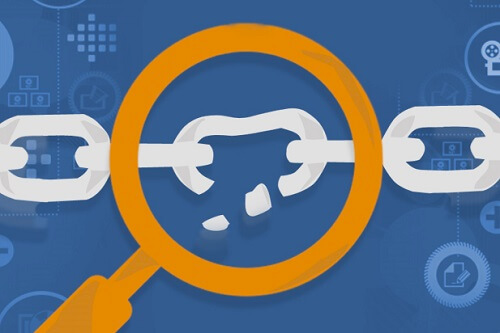While most people do not know what a dead link is, they are well aware that sometimes clicking in a link also leads them to the 404 error page. What most people do not understand is that only those links which are broken can lead them to the error page and coming up with a 404 error page is a clear indication that the website has broken links.
Dead links—a definition
Also known as broken links, these links are incorrectly set up links which either leads the user to a page which has no existence, or there are certain links related to accessing the link, changes have been initiated in the URL of the webpage or the same has been deleted. While the 404 error page is a common outcome of these, there are times when a timeout might also occur if the server ceases to exist or takes too long to respond.
Need to check broken links
These dead links are a source of great irritation for the user. It also has an adverse effect on the search engine rankings which might prove to be detrimental since lower rankings invariably result in lesser web traffic. Thus it is imperative to ensure proper maintenance of the website and even employ a website auditing company like Hexometer for the same.
Fixing bad links
In order to be able to fix a broken link for good, it is important to know the reason behind the flagging of the link. For 404 error page links, they can be fixed either by:
- Replacing the old page with new content,
- Re-directing the link to go to a different page where the same information is available or
- Ensuring that the link gets completely removed from the website and no trace of the same is left.
This can be done by changing the HTML of the website and in order to be sure, the website should be passed through the dead link scanner to check for its disappearance. In fact, after performing the necessary clean-up of bad links or dead links, passing the website through the scanner is a mandatory exercise. This confirms that the whole process has been properly executed and results are as expected.


